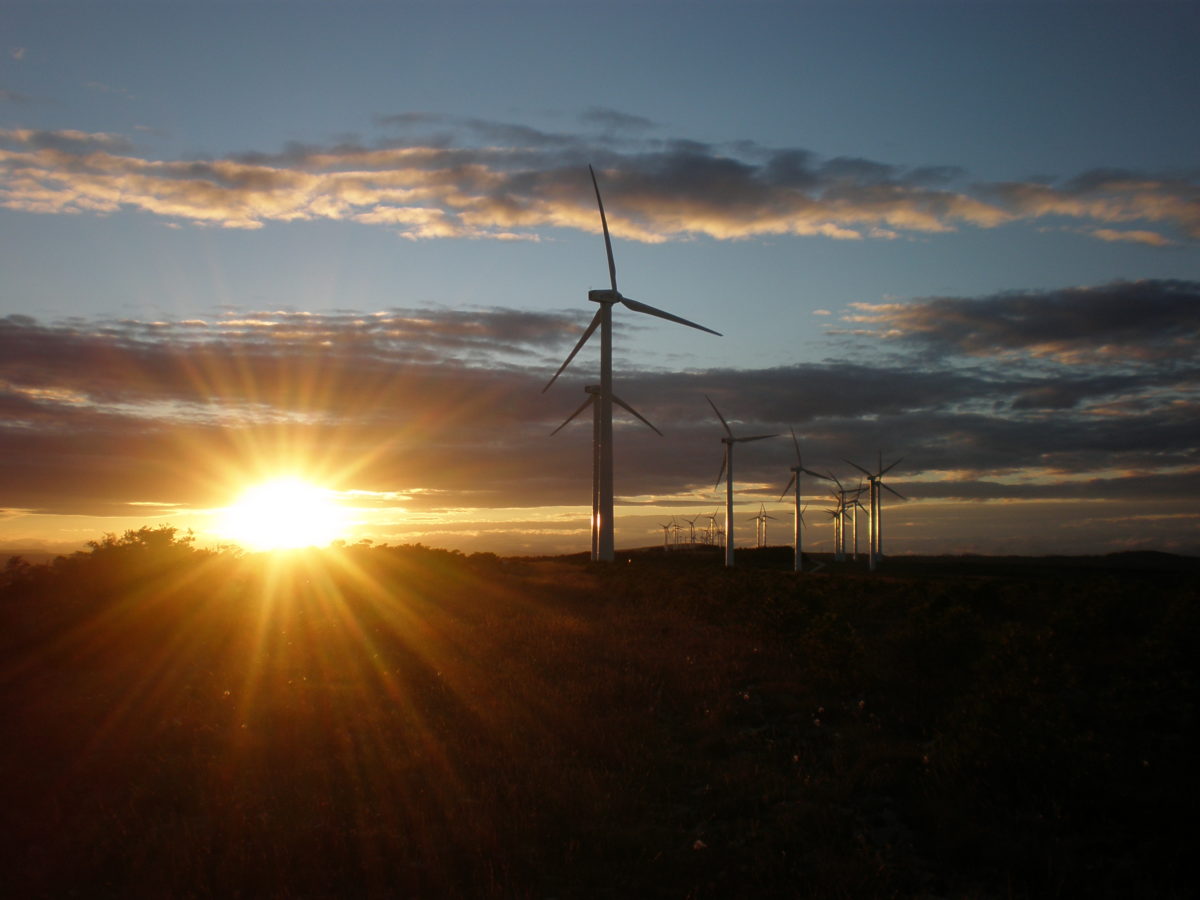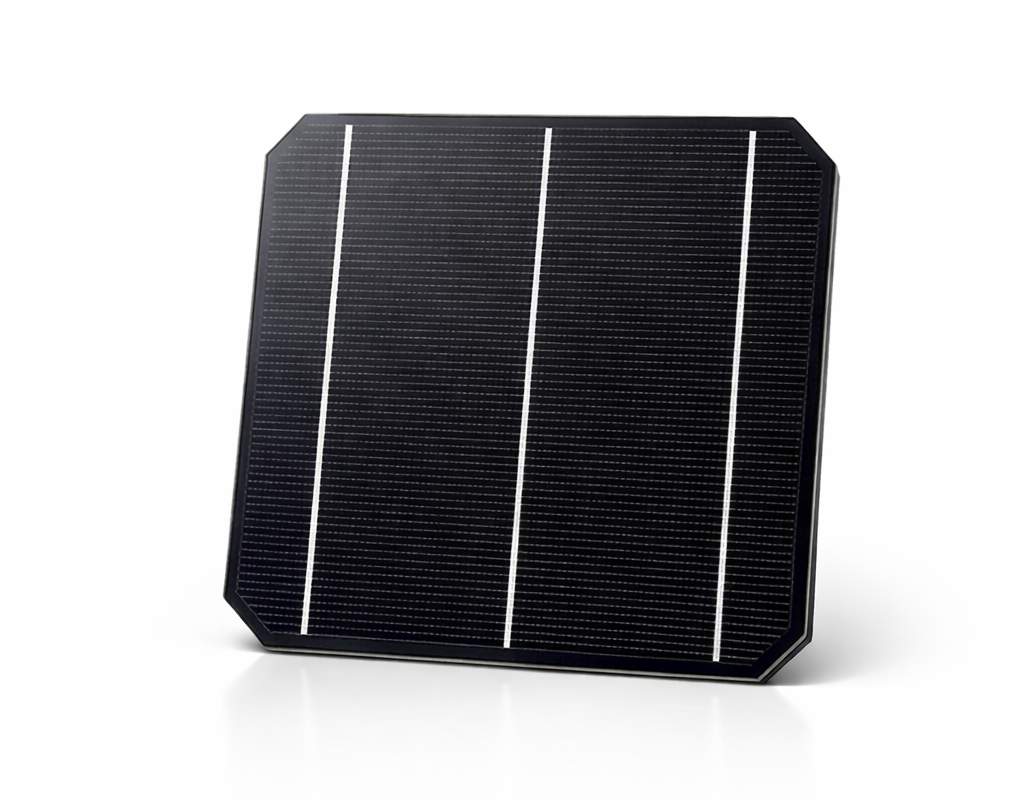Professor Breyer, the United Nations' Intergovernmental Panel on Climate Change (IPCC) has released a report which provides a shady outlook on the future of the planet unless urgent measures against climate change are taken. In your research, you have always claimed only a world energy system based on 100% renewable energy for electricity, heating and cooling, transport and desalination can stop climate change and its disastrous consequences. Do you believe now the 100% renewables option will receive more attention?
I hope so, as we already have no other appropriate options than this 100% renewables pathway. This is not science fiction but a real world scenario that must be taken into serious consideration, unless we don’t want to commit a collective suicide. But this is not only a matter of survival, it is also the cheapest way to shape our energy future, as solar and renewables have the potential to reduce the LCOE of global power supply from €70 [$80.91]/MWh in 2015 to between 50 and €55/MWh by 2050, as summarized in the report “Global Energy System Based on 100% Renewable Energies – Power Sector“, released by the Lappeenranta University of Technology and the Energy Watch Group. The easiest part of this trajectory will be the switch to renewables of the power sector, while the hard job will have to be done for the transport, industry and chemical sectors. In the transport sector, marine and aviation will also have to go through electrification, as economically they only work with low-cost electricity, and this will come mainly from renewables in the future, particularly from solar.
In a recent report, you claim solar may become able to cover around 70% of world power demand by 2050. How can this technically become feasible?
In the report you mention, we got the result that solar PV may become able to cover around two-thirds of power demand by 2050 – around 38,100 TWh of the 55,600 TWh needed by that time, for the power sector in today's structure – without taking into account the fact that the entire world energy system may also be almost fully electrified by 2050. However, also in this case, I am also sure that, assuming a projected total final energy demand of about 160,000 TWh, the percentage of solar would be quite the same. The full electrification of the world energy economy, on the other hand, would result in a more efficient system with lower costs. Consider, for example, that a fossil-fueled vehicle uses only 20 to 25% of the energy it needs, while the rest is lost in not usable waste heat – while electric vehicles are able to use more than 70% of the electricity for moving the vehicle.

Image: Lappeenranta University of Technology (LUT)
Our applied model, it must be said, has been based on assuming ‘best policies’ for the 145 regions across the world investigated. It means that it works by taking into account that governments would be always oriented towards the cheapest and most efficient solutions, which are now already being provided by solar and renewables. Societal constraints, such as a limited area for wind energy, the PV prosumerism trend, or utilization of existing power capacities, are relevant restrictions.
Well, there are still ongoing plans for more coal, nuclear and gas power plants across the world. Why, in your opinion, are these expensive options being implemented? Is that an ideological issue or a just a backlash from the old energy world business?
It needs to be noted that there are massive vested interests of existing players, which partly explains ongoing investments in coal power plants in some parts in the world. However, massive losses and the stranded assets of coal capacities in recent years are starting to have their impact, in particular for investors increasingly avoiding such risk exposure to their portfolios. Some countries have not yet adjusted their energy plans to the latest cost figures, and thus execute outdated plans. Nuclear energy evolves more and more to an investment which is only done by countries having access to, or intending to get access to nuclear weapons, and therefore the respective knowledge, infrastructure and nuclear material that needs to be maintained and created. From an economic point of view, new nuclear power plants do not make any more sense, since a 100% renewable energy system costs less and new wind and solar power plants cost, nowadays, a quarter to a third of the cost of new nuclear plants. This is the reason why, in 2017, more nuclear reactors were permanently shut down than new construction sites started for the first time since the 1970s – it is clearly an industry in steep decline. Gas plants are still in the market, and there is still an economic rationale today. However, their function will drastically change by 2050, since at that time biomethane or power-to-gas has to be used as a fuel, and they will act more as a flexible balancing plant, quite different from today.
In your view, storage in all forms, as well as hydro, geothermal, bio and tidal energies, will have enough deployment to ensure power supply against fluctuations of wind and solar. Do you really believe thermal power plants and nuclear power stations will be completely phased out by 2050?
First of all, let me tell you that nuclear power offers no back-up at all. It does not have the flexibility needed, and for security reasons it should not be used to do that. As for gas, it is actually more efficient in terms of balancing capabilities, but we have to be careful not to use fossil gas in general –and shale gas in particular – as these are very dangerous for CO2 emissions, in particular via direct emissions of methane, which is a very strong greenhouse gas. We should rather see power-to-gas linked to renewables as a concrete option.
Having said that, it is true that variable renewables such as solar and wind are not as flexible as needed, but I am also quite sure that storage and all other renewables – although bioenergy and hydro resources are limited – will provide the necessary flexibility to the world energy system. This will also depend on how much we will become able to integrate our electricity networks. I believe, in fact, that a development with less grids may only be applicable in Africa or other world regions with poor infrastructure and a solar dominated power supply. Indeed, I am firmly convinced that the energy system of the future will be built on strongly connected networks, which would enable strong exchange of electricity between larger geographical areas within a major region. For example, in Europe wind power production from northern countries may be prevailing in the winter season and will flow to southern countries when additional supply is needed, while in the summer, solar power may flow to the north of Europe from southern countries. However, our results clearly indicate that this amounts to not more than 20% of the total demand, hence we will have a highly decentralized energy system with centralized elements – we call that a “SuperSmart” energy system. With the proper flexibility ensured by battery storage and more flexible demand, the system will have no back-up problems at all.
When you say this transition is technically feasible, do you also mean financially and economically?
Absolutely. As I said before, the LCOE of global power supply will drop by more than €15/MWh by 2050, so there is no doubt, at least for the power system, that it is more than economically viable. This was recently summarized in a research article by leading energy transition researchers. As for the whole energy system, climate change is the economic trigger. If we don’t reduce CO2 emissions the costs will be much higher, as a consequence of the catastrophes we will have to deal with.
What kind of measures should be immediately implemented to favor an accelerated energy transition?
Clear energy transition targets with milestones along the way. A political push for accelerated investments in renewables. Higher public research budgets for the energy transition. More acknowledgement of citizen engagement in the energy transition, instead of hindering it. Halting investments in coal fired power plants. New gas fired power plants should be only permitted if the operators document their plans on how to shift from fossil to renewables-based fuels in the years and decades to come. No public guarantees for any new nuclear power plant, to avoid misuse of taxpayers’ money. A minimum price for CO2 emissions of €30 per ton and a minimum acceleration of 5% per year – better, 8% per year – from now onwards, to the end of the century. The real societal costs for the exhaust fumes of burning processes to be paid by the operators, e.g. sulfur, heavy metal, nitrogen oxide emissions etc. A mandatory liability insurance at a realistic level for real nuclear disasters should be introduced, this is currently accounted as ‘willingness-of-risk-taking’ by citizens. Climate protection as a constitutional aim. Mandatory reporting for listed and large companies on how they comply with the 1.5⁰C target of the Paris Agreement.
Do you believe that these measures may be implemented without a negative impact for the global economy?
Hope dies last. We see ongoing negative impacts but do not react accordingly on a political level – this is a shame. Take Germany, a former leader of the energy transition – 80% of citizens would like to have a faster and better managed energy transition but the political class fails in delivering. This is an unacceptable misuse of political power, and also explains some frustration of citizens documented in elections. We need a much better performance of the political class. The citizens are willing to invest and support the way ahead, even major parts of industry are now committed, as well as the major churches, but the political class acts in a way which has more to do with a sabotage of the entire project – and that has to be changed ASAP.
In your view, solar is expected to become more competitive than wind after 2030. Why will it take so long?
First of all, I believe that comparing solar with wind and other renewables does not make too much sense any more, as we need to assess the world energy system in a holistic way. Wind will be deployed mostly in the north of the U.S., Canada, Russia, Europe and all of these countries that are not in the so-called Sun Belt region, where most of future solar energy deployments will be hosted. The strong seasonality makes the mix of wind energy and solar the least-cost solution. These two main technologies represent the perfect combination for our future energy landscape, especially if we take into account the big share that storage, which also combines perfectly with PV, will have over the next decades. Some regions have very high shares of hydropower, so they have a solar and hydro dominated system, such as in Brazil.
When do you believe storage will reach its turning point by becoming a mainstream technology, as PV did during this decade?
We already see positive business cases for storage in Germany, where around 60% of new PV prosumers have also a storage system coupled to their solar PV system. Similar trends can be observed in Australia, or California and Hawaii. So, I would say that this turning point is already here, right now. We just need more volumes, scaling up capacities. In 10 years, the global storage business will be huge, especially in connection with PV. I believe, in fact, that wind will be more dependent on grids than solar, and that storage technologies will be used more for PV applications. I also expect power-to-X – including gas, fuels, chemicals, heat, and desalination – to have a wider use.
In Germany, storage projects linked to PV are being supported by investment subsidies. Without these, the business case may be less positive.
The cost decline of battery systems will balance that. Some people do not use the support already, today. I am not much worried on that.
In a fully electrified world, EVs are expected to have the lion’s share. How do you assess the current development of electromobility in the energy transition?
Electromobility is a central part of the energy transition, alongside powerfuels for marine and aviation, and power-to-chemicals or substitution of coal by hydrogen for steelmaking. The energy transition is composed of many facets.
Do we have other alternatives to 100% renewables to save the planet?
Absolutely not. A world energy system based exclusively on renewable energies and an almost fully electrified world are our only chances to avoid further disasters. This is absolutely doable, and at lower costs than today.
This content is protected by copyright and may not be reused. If you want to cooperate with us and would like to reuse some of our content, please contact: editors@pv-magazine.com.




“Terawatt-Scale Photovoltaics,” a Science magazine article, said that increasing global solar installations at 29 percent per year is a “challenging but feasible” rate that would yield 10 terawatts of solar installed by 2030. Then, maintaining global production at the 2030 level for eight more years would yield 30 terawatts of solar installed by 2038. That would be enough solar power to meet half the world’s energy needs for current uses of electricity, plus transportation and heating. If wind power provided the other half, we could have 100 percent renewable energy for all energy needs by 2038—twenty years from now.
The only things that are challenging are the things we talk about again and again and never do anything about them. As to the mythical negative effects of a 100% switch to renewables, If you look at that from an extremely superficial level it might appear to be true, but when you take the TRUELY MASSIVE increase in costs (Trillions) combating climate change the numbers are so in favor of renewables that it is not even worthy of a discussion. The future is rapidly approaching and for the first time in history, mankind has a clear and unequivocal choice – move forward with renewables at a World war 2 speed or doom mankind to a slow, painful and TOTALLY avoidable death. BOTTOM LINE – Live or Die – our choice.
nice to share good information for renewable energy I hope that same type of activity Will continue when you are possible